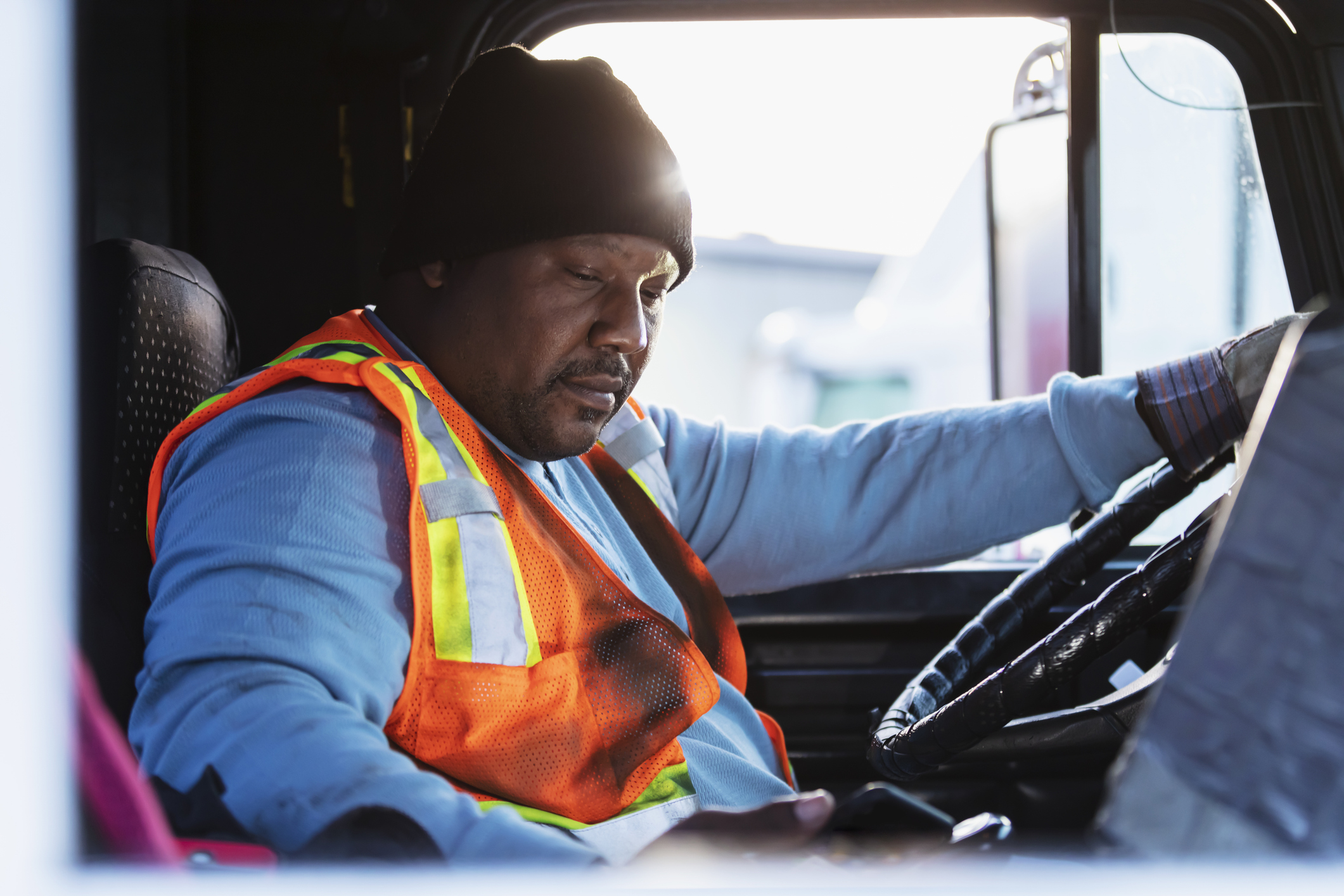You’ve Received Feedback From Drivers. Now What?

If you’ve read a few of our blogs or spent any time with a member of the WorkHound team, you know we’re big fans of gathering feedback (even giving it and asking for it, it’s a whole thing). Because it has helped us so much, we believe there’s tremendous value in offering professional drivers and other employees a meaningful way of submitting their concerns and comments.
But that leads to a natural question: Once you’ve set up a feedback tool, what do you do with the feedback you receive? Today, we’re sharing some best practices.
Ensuring Access & Accountability
A little preparation can help you set your company up for success before that first piece of feedback comes in. From our perspective, two of the most important parts of the puzzle are ensuring the right people have access to feedback, and that there’s an accountability structure in place for responding.
“We recommend making sure that the person who can take action has access to the feedback,” says Katie Love, Marketing Manager at WorkHound. “If a driver has feedback about an experience he or she had in the shop, making sure whoever is in charge of the shop is able to see that feedback is vitally important because they’re the ones who can do something about the concerns or problems.”
If only those at the top of the leadership chain have access to feedback provided through WorkHound, there is a risk that the information never gets shared with those in a position to take meaningful action. And vice versa, if only those in the HR or operations team have access to the feedback, executive leadership might miss out on important insight. Drivers’ feedback needs to be parsed out to the appropriate departments in order for the issues to be properly resolved.
Learn how Milan Case Study has integrated their company with driver feedback here.
“The next step is making sure people are held accountable,” Love says. “That means ensuring that once the feedback is shared, the person who initially received it follows up with careful and thoughtful questions to make sure appropriate action is taken.”
The Nuts & Bolts of Responding to Feedback
Every company has a slightly different process for responding to feedback. With that said, though, there are a few methods for responding in WorkHound that let drivers know you’re taking their concerns into consideration:
- One-time notification enables companies to send an instant message to a driver who shares anonymous feedback. This is a good option when you feel confident that the information you can provide in the message will solve a driver’s problem, without asking the driver to reveal their identity.
- Reveal requests are used when a driver’s concern warrants a one-on-one conversation. In some cases, a driver may not agree to reveal their identity. But in cases where drivers have agreed to reveal in order to discuss a concern with leadership, 90% or more are retained for at least 30 days post-reveal.
“If a driver chooses to reveal, call them right away,” Love says. “The only time we’ve ever seen reveals go wrong is when the driver is willing to reveal and then the company sits on it. Within the first 24 hours after a driver reveals, it is important to follow up and get on the same page. Having that chance to talk allows drivers and other employees to clear the air and have a good mutual understanding.” - Broadcasts are a great way to communicate responses to common feedback topics, as well as updates being made to policy based on feedback. For instance, if numerous drivers shared that the furniture in the lounge has seen better days, you could share a broadcast to let them know you’re looking into ordering new furniture and when you expect to complete the upgrades.
“The cool thing about broadcasts is that they can be used to give an example that empowers other drivers,” Love says. “Companies can call out specific feedback they’re receiving from drivers. We see often that drivers are very engaged with the broadcasts, even if they aren’t leaving feedback. By sharing actions taken in broadcasts, it can empower more drivers to share.”
The Overarching Sentiment?
If companies are not talking to their drivers, drivers assume they’re talking about them.
“Having the courage to speak up can be a challenge,” Love says. “Many drivers have had previous negative experiences, and it’s up to you to reset those expectations. As you ramp up a new feedback program, the most critical thing is just to simply make sure you’re taking action and sharing those plans with your team.”
When you partner with WorkHound to establish a feedback program, we’re here to guide you through every step of the process. Sign up for a free demo to learn how WorkHound can help!
Let's Build Better Workplaces Together
Revolutionize your company culture and your worker retention rates by improving communication and engagement.
Book a Demo

